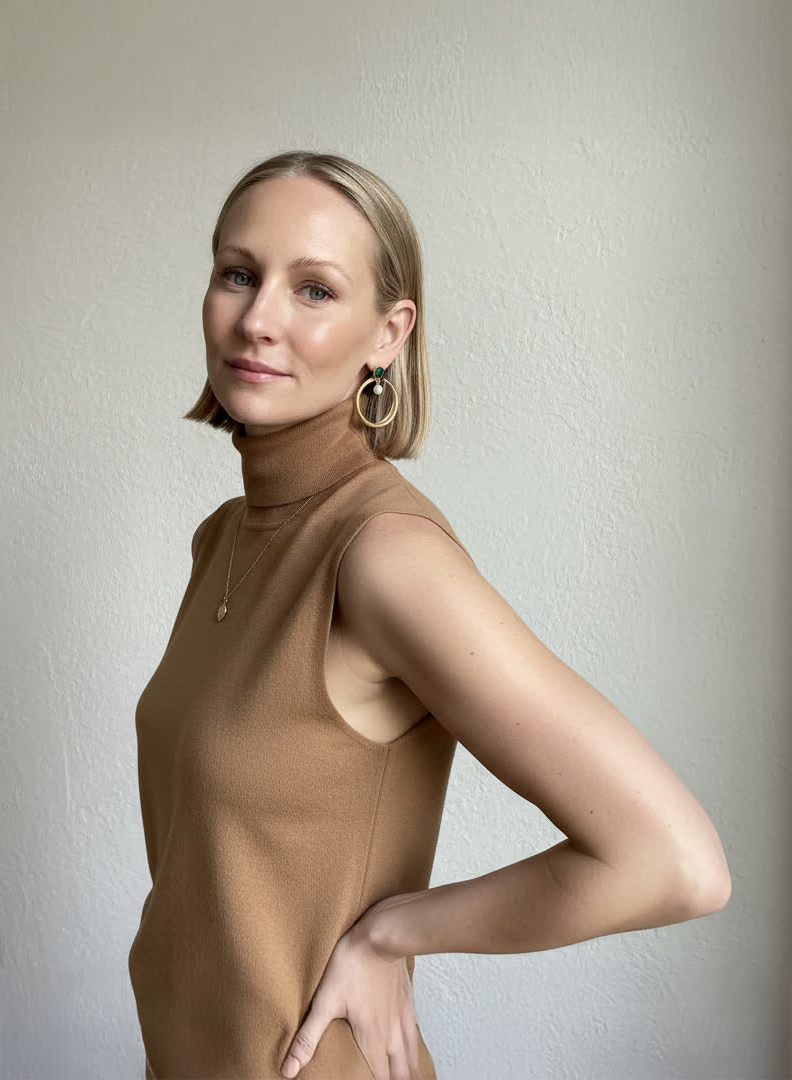Plants are so much more than aesthetically pleasing. They’re actually good for your health, help purify the air, and can reduce stress and create a more calming atmosphere.
Have you always wanted a garden, but you don’t have a yard? Don’t worry, there are many ways you can cultivate a garden and enjoy plants right in your home without any outdoor space.
Whether you’re looking to grow herbs, fruits, or veggies to use in your kitchen or you want a little greenery to brighten up your space, we’ve got you covered. Read our tips below to create your ideal home garden.

Plan Your Space
The first step of planning an indoor garden is selecting the right spot in your home. Think about how much space your plants will need and how much room they’ll need to grow. You’ll also want to consider the environment, like the amount of natural light available and temperature. In general, keep your plants away from vents or areas that are exposed to extreme temperature changes.
If you have limited space think about planning a garden vertically, you can use a set of shelves or a bookcase to create a beautiful garden wall. Or you can play with different hanging options.
For some great plant display ideas, check out Apartment Therapy.

Pick the Right Plants
Once you have the right spot picked out and set up, you can then select your plants. Again, you’ll want to select plants to fit your environment and lifestyle. So think about the amount of light they’ll have access to and how much time you have for care and upkeep.
If you’re new to gardening and want plants that are low maintenance, have a look at The Spruce’s list of houseplants for beginners.
This is an important step, so don’t just go with whatever is the prettiest, make sure you do your research and pick the type of plants that will thrive in your home. If you’re not sure where to start, visit your local nursery and ask the salespeople for recommendations based on your setup.
For even more plant ideas check out House Beautiful’s list of indoor plant recommendations.

Have the Care Basics Covered
Make sure you have a handle on the care basics for your plants. Do your research so you know how much water, light, nutrients, and what temperature and humidity levels they’ll do best in.
Overwatering is a common mistake. The general rule of thumb is to water about once a week, this will depend on your plants, so follow the recommendations for the types of plants you have.
Set a watering schedule to keep your watering consistent. Before you water, be sure to check the soil, as it should be dry about 2 inches down from the surface. When watering, water all the way through and let the excess water drain out the bottom. Adjust your watering frequency and amount of water as needed. Seasonal changes may mean your plants need to be watered more frequently in the summer and less frequently in the winter.
Indoor plants don’t always get the same amount of nutrients as they would in an outdoor environment. So it’s also good practice to fertilize your plants regularly. In general, it’s better to under-fertilize than over-fertilize. In terms of frequency do your research and see what’s recommended for your plants.
If you have limited access to natural light because of limited window space or changes in seasons you might want to consider purchasing lights. LED lights are a popular option because they are energy efficient and can provide the full spectrum of light for your plants. They can also be tailored for only specific spectrums depending on your plant’s needs. Fluorescent lights are another common option. For more detailed information on different types of plant lights, check out HGTV’s recommendations.
Choosing the right pot is also an important step for your plant to thrive. If your plant is beginning to outgrow the original pot, you may need to re-pot it. Note this usually only needs to be done once every couple of years or so.
Stay on top of pruning dead or yellowed leaves. Make sure to note where the stem nodes are, the bumps that look like joints, these are sources of growth, so cut above the node with you’re pruning.

Try Different Techniques and Play with Seasonal Changes
Once you feel that you have a good grasp on plant care basics, you can play with different types of gardening techniques and be more adventurous.
You can try planting seeds or bulbs to have a full-scale growing experience from start to finish. Planting seeds also allows you to have a greater variety of plants than you might be able to find in a nursery.
Bringing in some outdoor branches and forcing the branches to bloom is fun to do in winter to add some spring blooms and brighten up your indoor space. For detailed instructions on this process, check out The Farmers Old Almanac.

Don’t Be Afraid to Fail
Patience is key! It may take some time and practice to get the hang of plant care. Along the way, you’ll learn what your plants like, and which types of plants work best in your space. Don’t be afraid to make some mistakes along the way. Just have fun and treat it as a learning experience.
Remember that all plants are different and their needs vary so do your research beforehand. In the end, it may not be as difficult as you think and the results are totally worth it!


